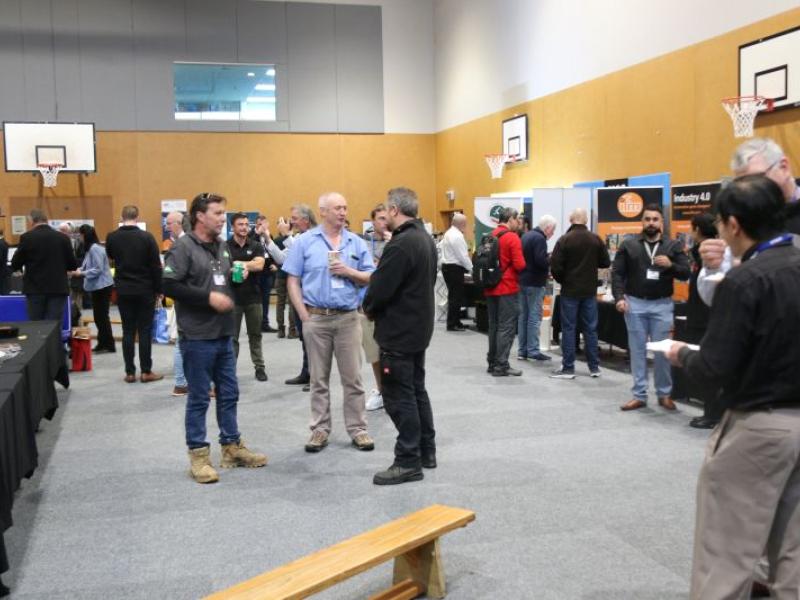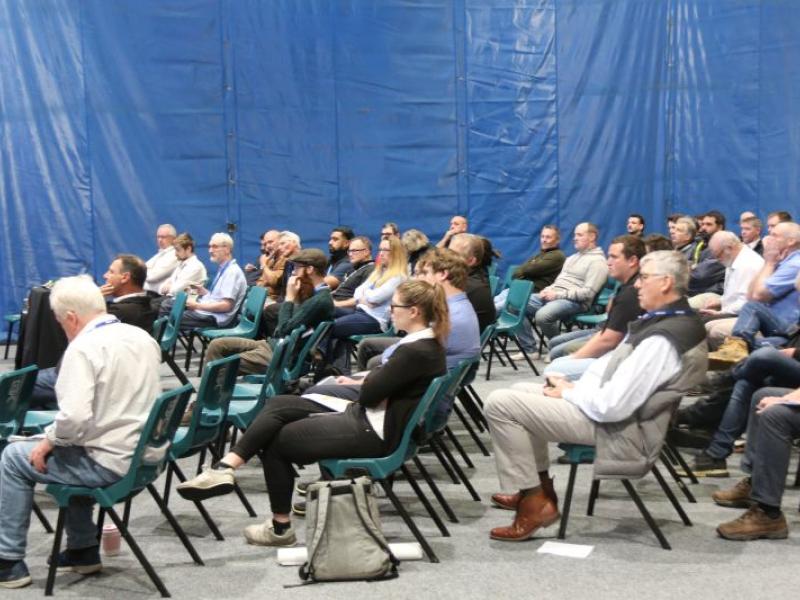Surveys show that planning increases the productivity of work performance by as much as 77 percent and as a result makes planning and scheduling one of the most important tasks for an organisation. Operating hours or calendar based maintenance timing is typically used in industry, however many companies have begun using condition-based maintenance (CBM) as an important part of extending maintenance intervals and being able to schedule maintenance work at the required time.
Condition-based maintenance uses a range of powerful, non-invasive monitoring techniques to determine machine condition and stores historical trend data to help predict possible future failure of the machine. This early warning enables operators to improve their maintenance planning activities, giving more time to plan and to organize the spare parts and resources needed to carry out corrective measures. In addition, this early detection gives the operator the opportunity to carry out planned interventions that help to avoid consequential damage to associated machine components and systems. The result is major savings in direct maintenance costs.
Information collected through condition-based maintenance can also be used in determining the root cause of problems in order for these to be minimised or eliminated and can form the basis of continuous improvement for both equipment availability and reliability during service.
SKF @ptitude Asset Management System
The hardware and software components of the SKF @ptitude Asset Management System have been designed to work together with each other and with your facility’s CMMS in one integrated platform. The system enables customers to integrate all machine condition data into one common programme and share data seamlessly across functional lines.
Hardware
SKF vibration measurement tools put the benefits of condition-based maintenance within reach for expert and novice users alike, with SKF offering a wide variety of condition monitoring hardware such as:
- Portable instruments for collection, storage and review of machine condition and process data.
- Inspection systems and data managers for accurately and consistently recording, trending, storing, communicating and acting on process and inspection data.
- Online systems for continuous machine surveillance and protection.
- Vibration sensors and eddy probe systems for critical machine monitoring.
- Electric motor testing.
- With minimal investment and training, these tools can be used to start a new condition monitoring programme or complement an existing one, evaluate electric motor bearings, lower energy costs and reduce CO2 emissions.
For further information,
visit www.skf.com or
email customerservice.nz@skf.com






